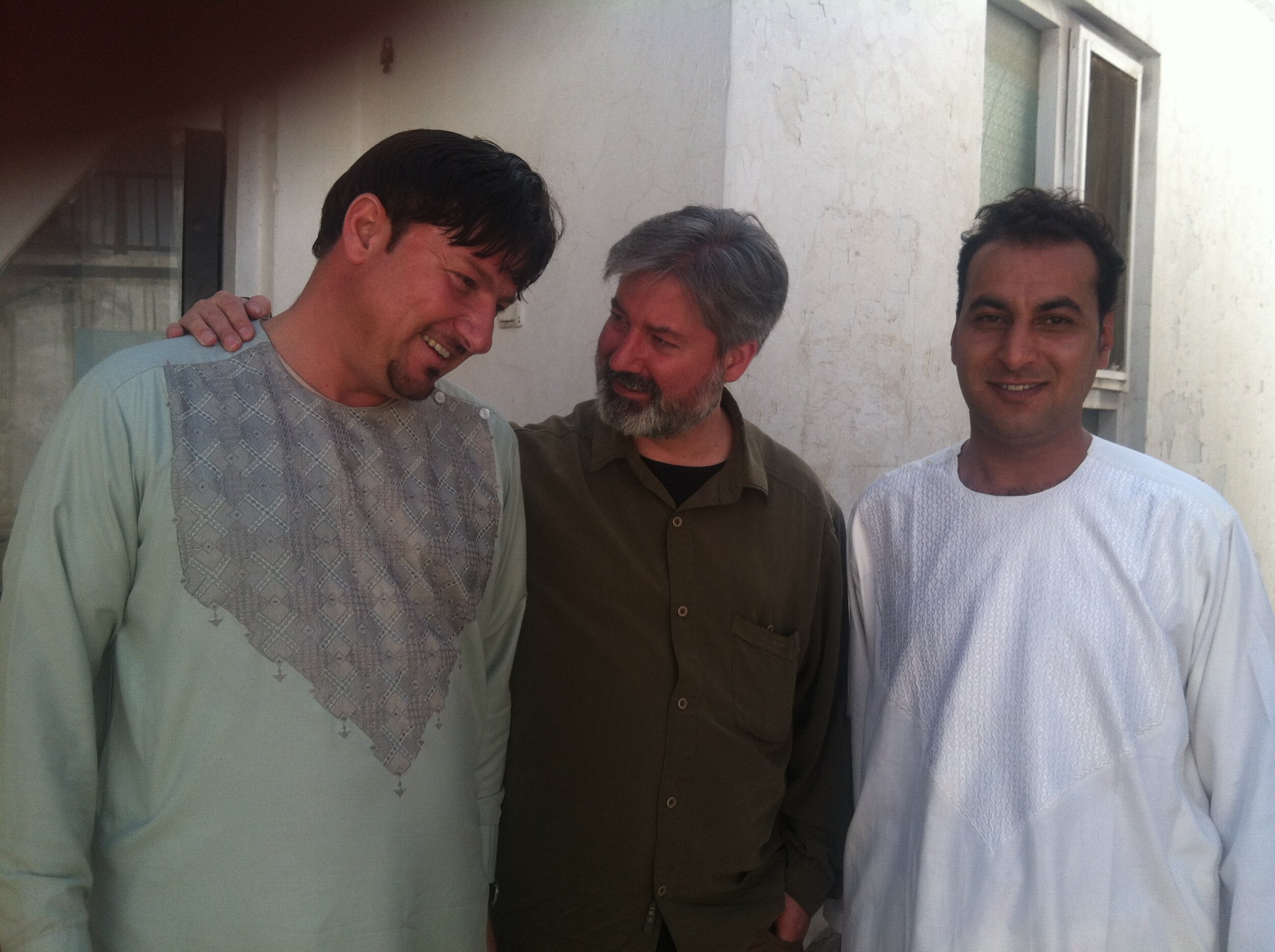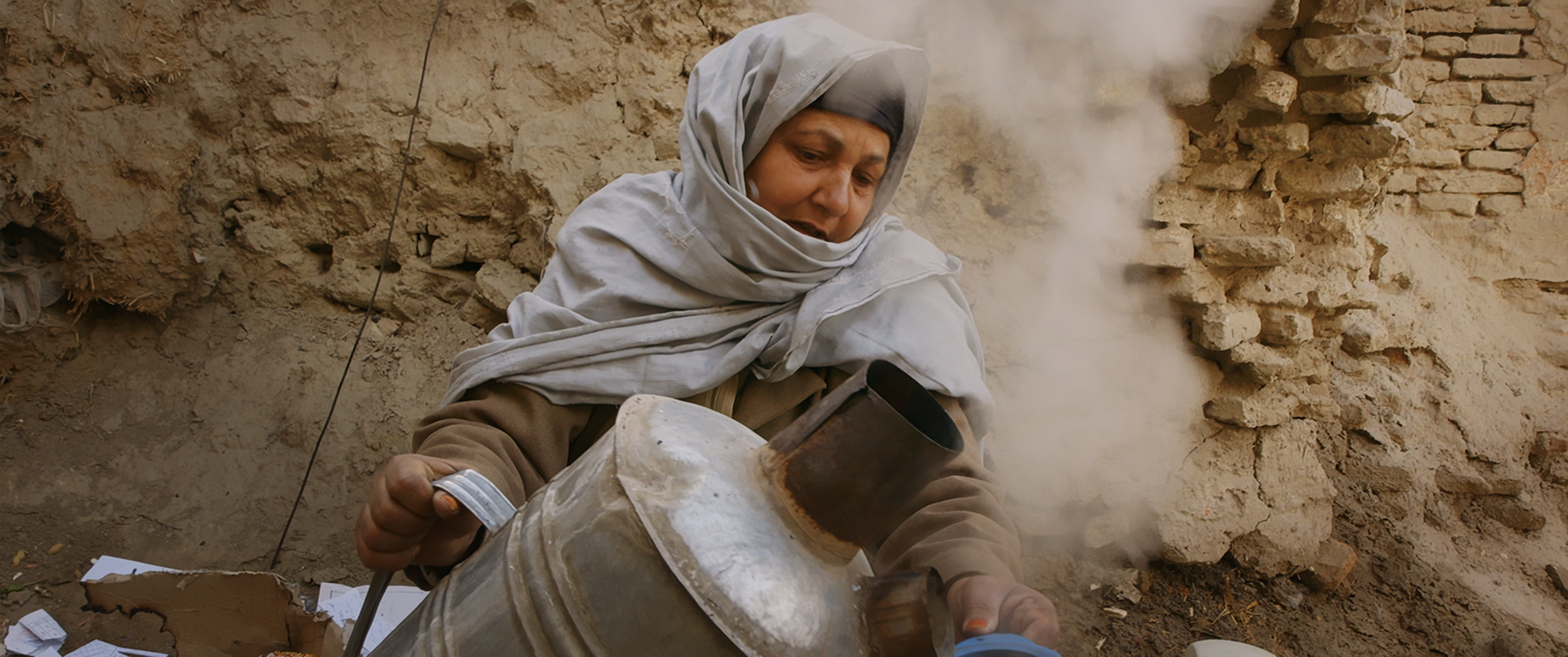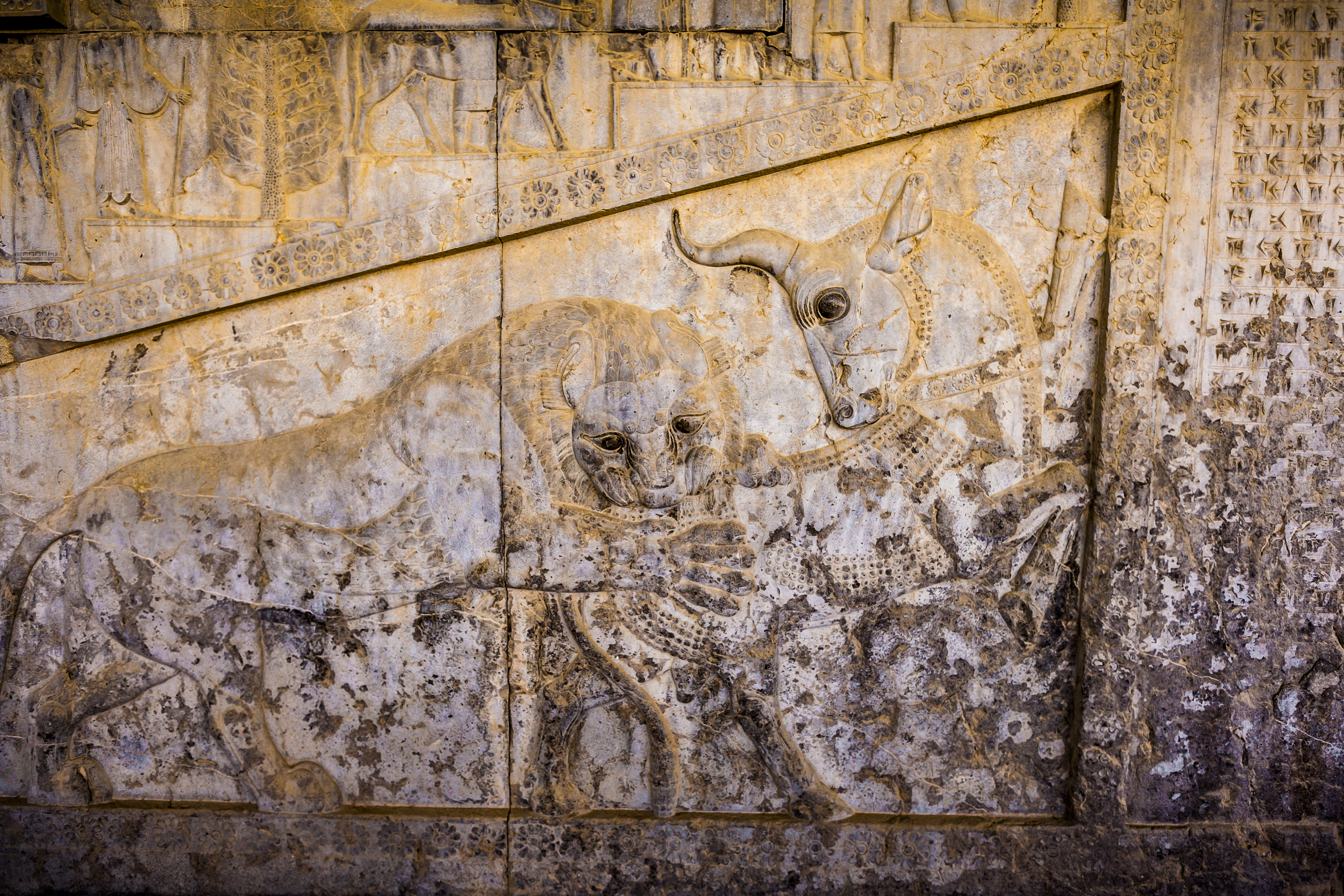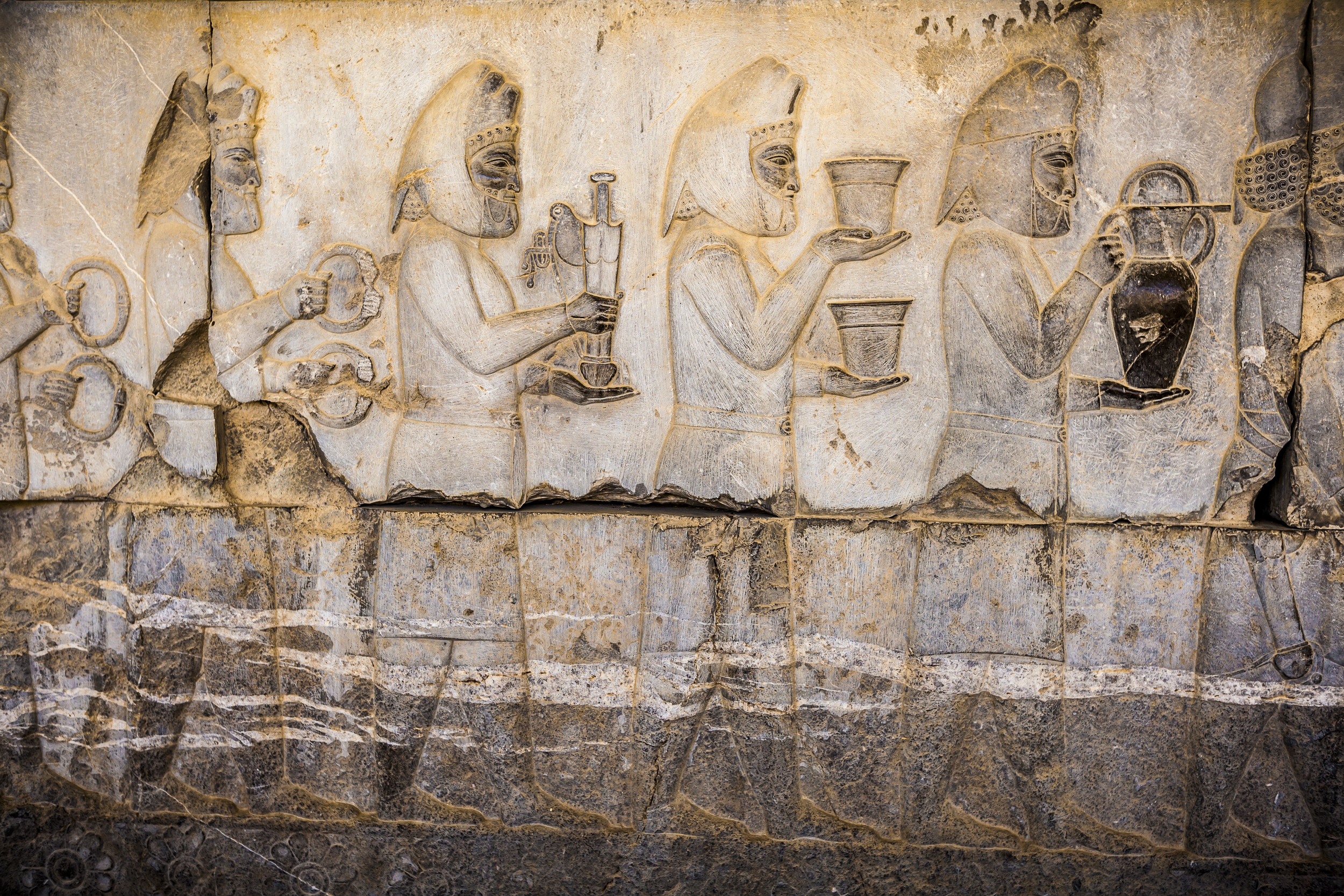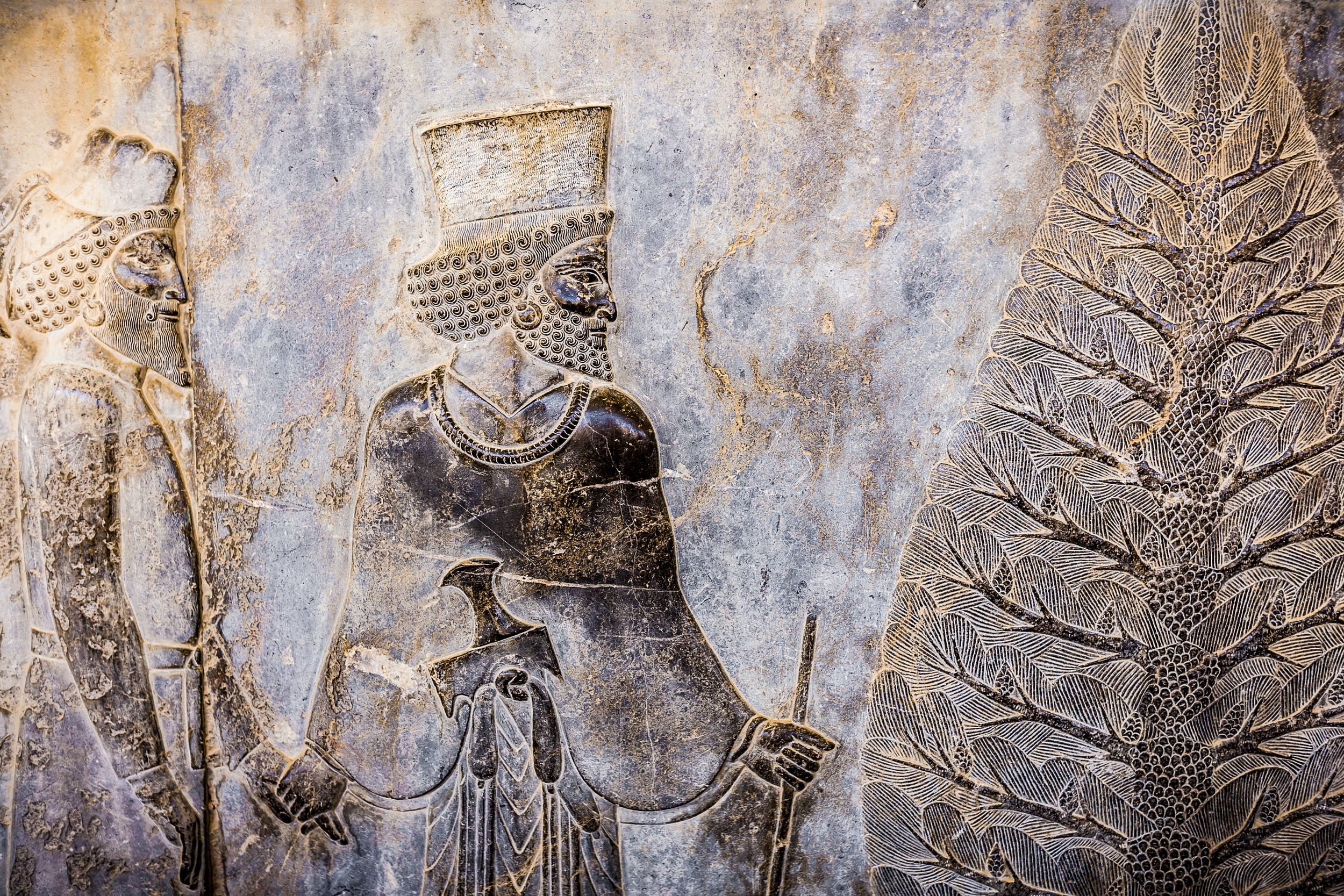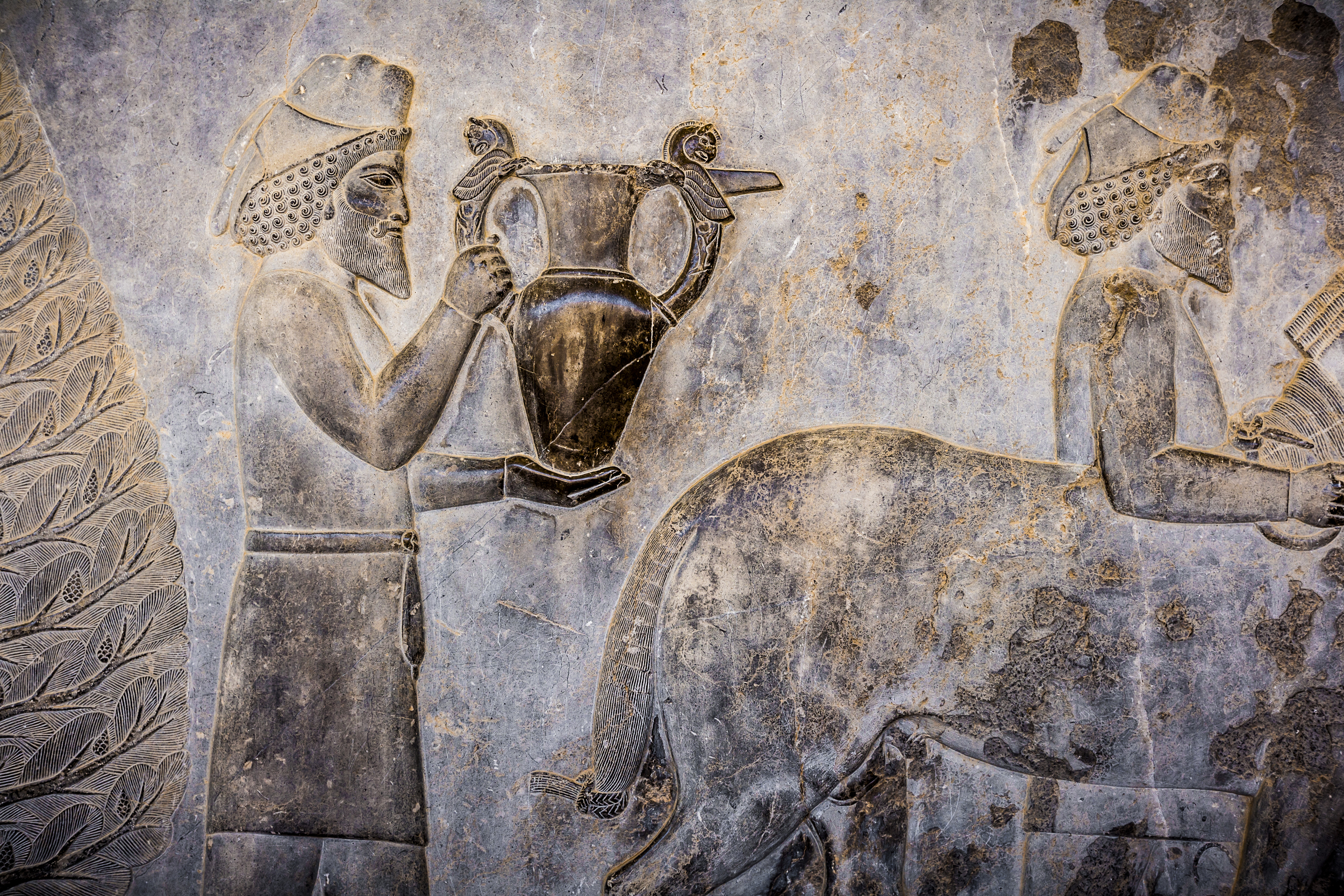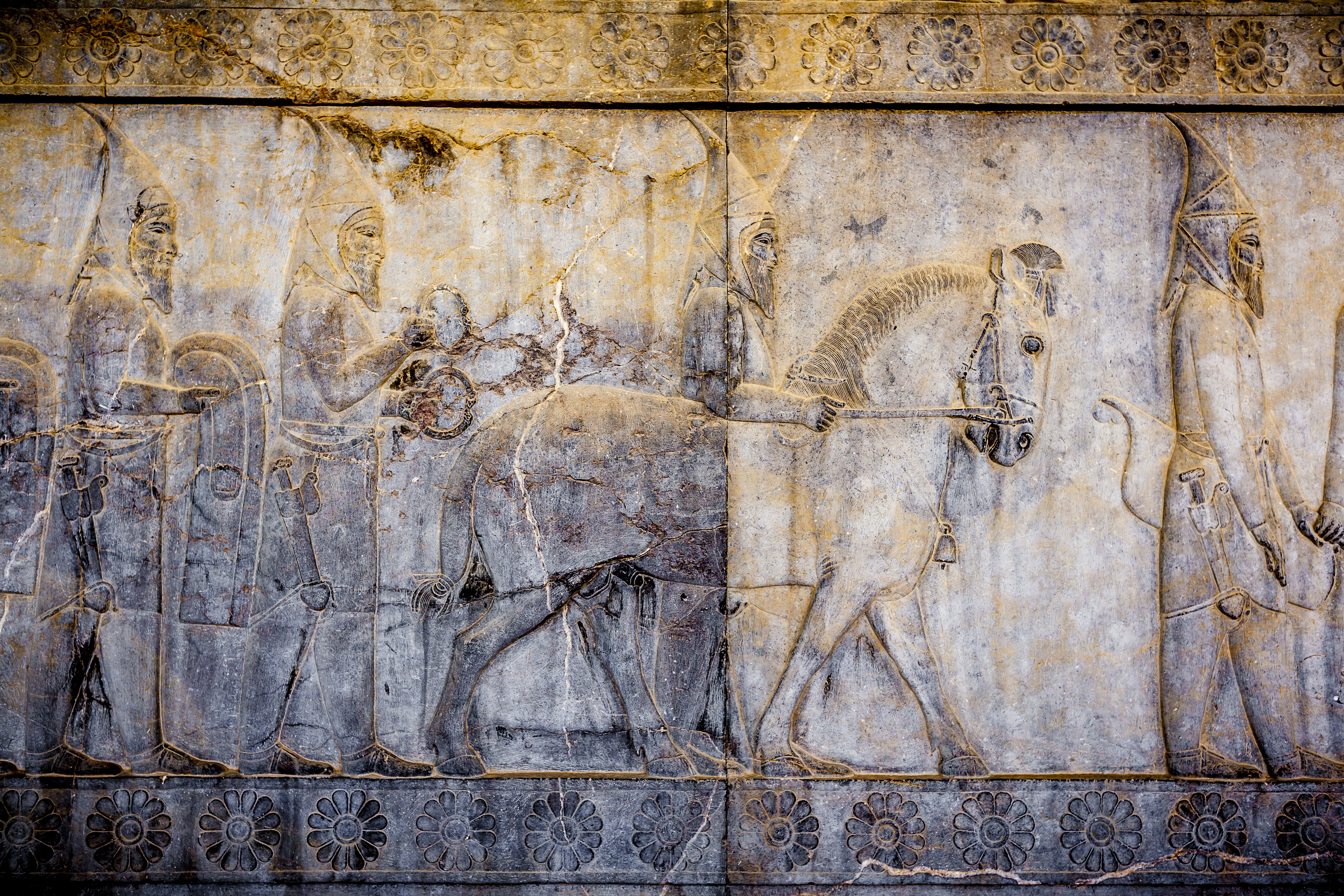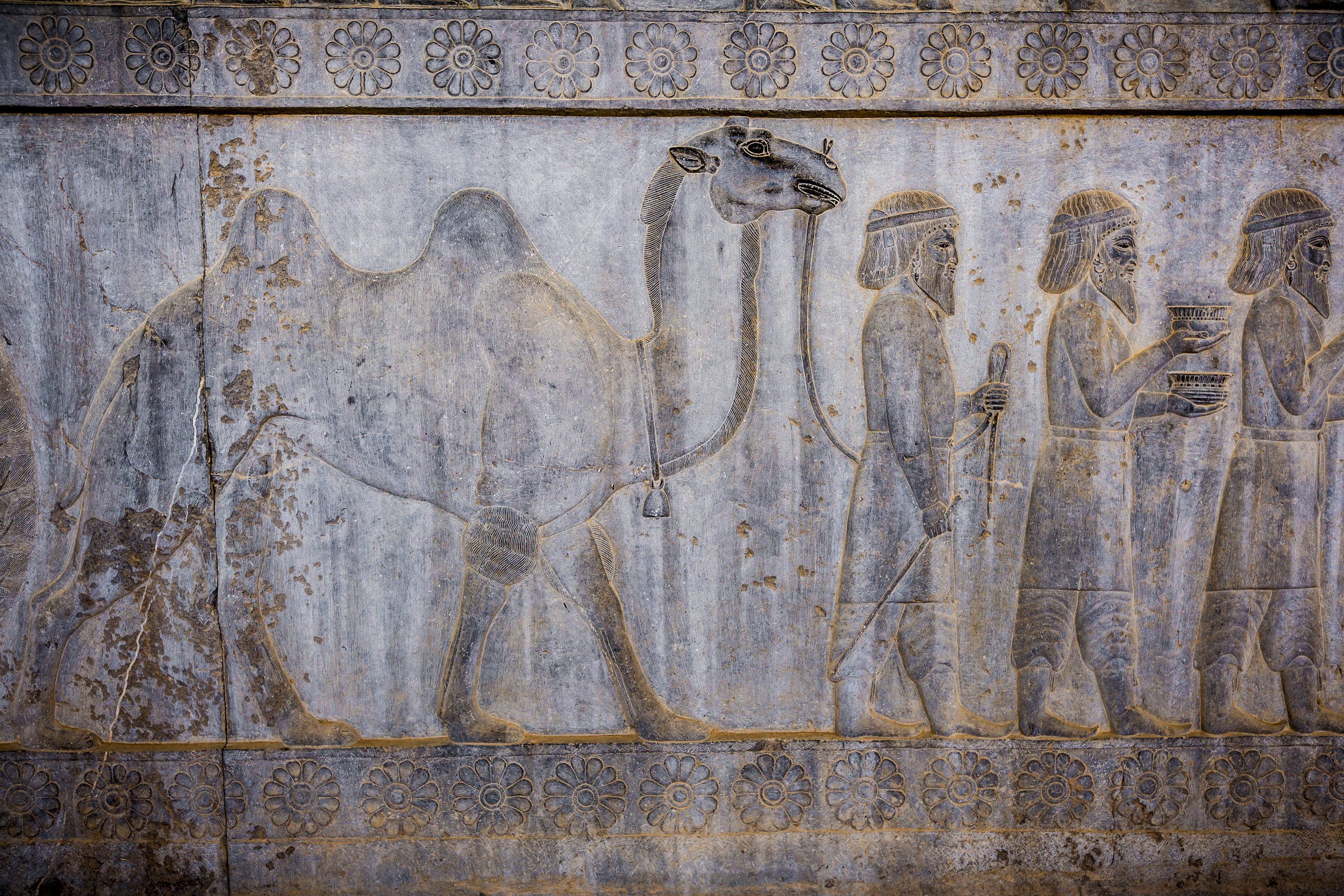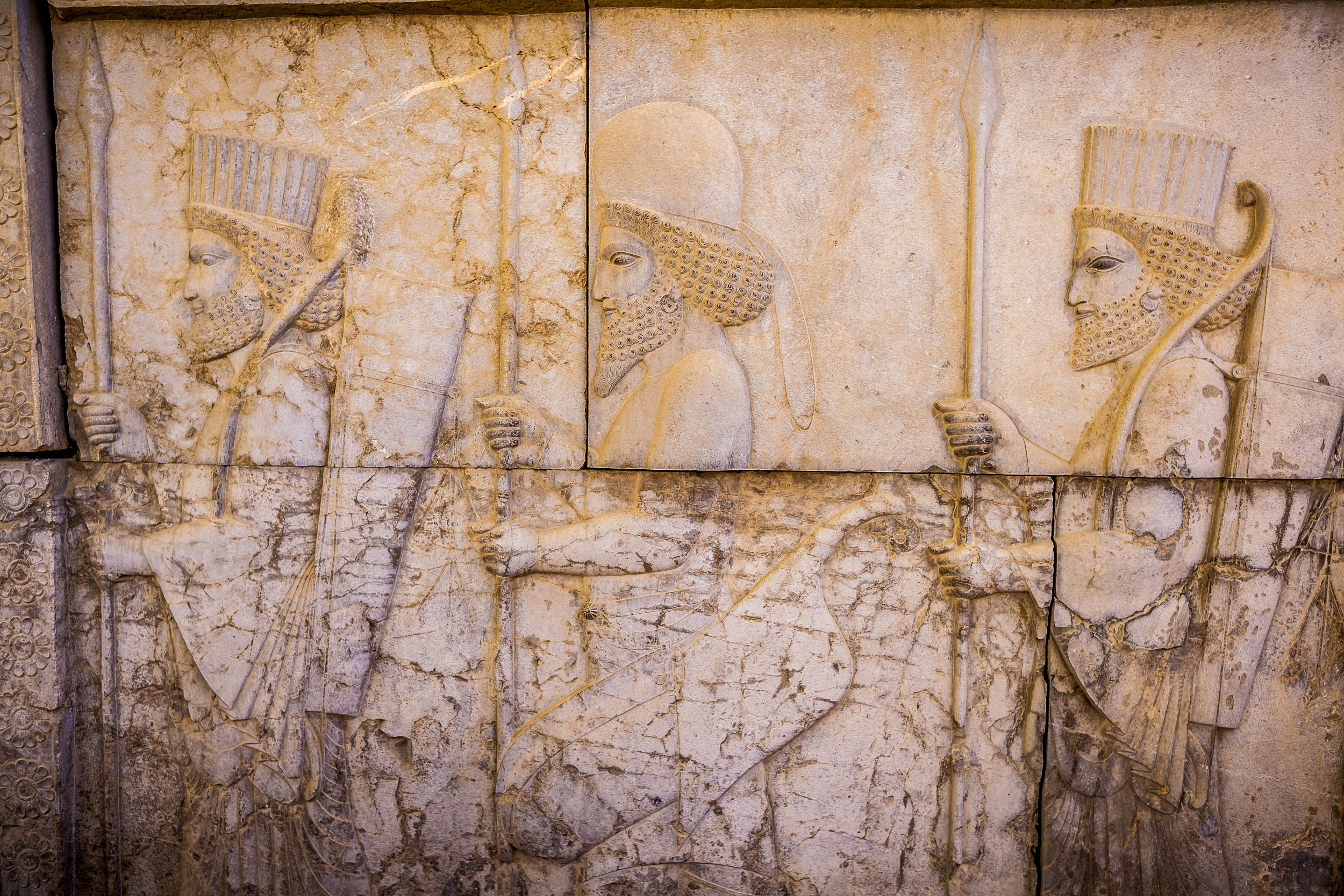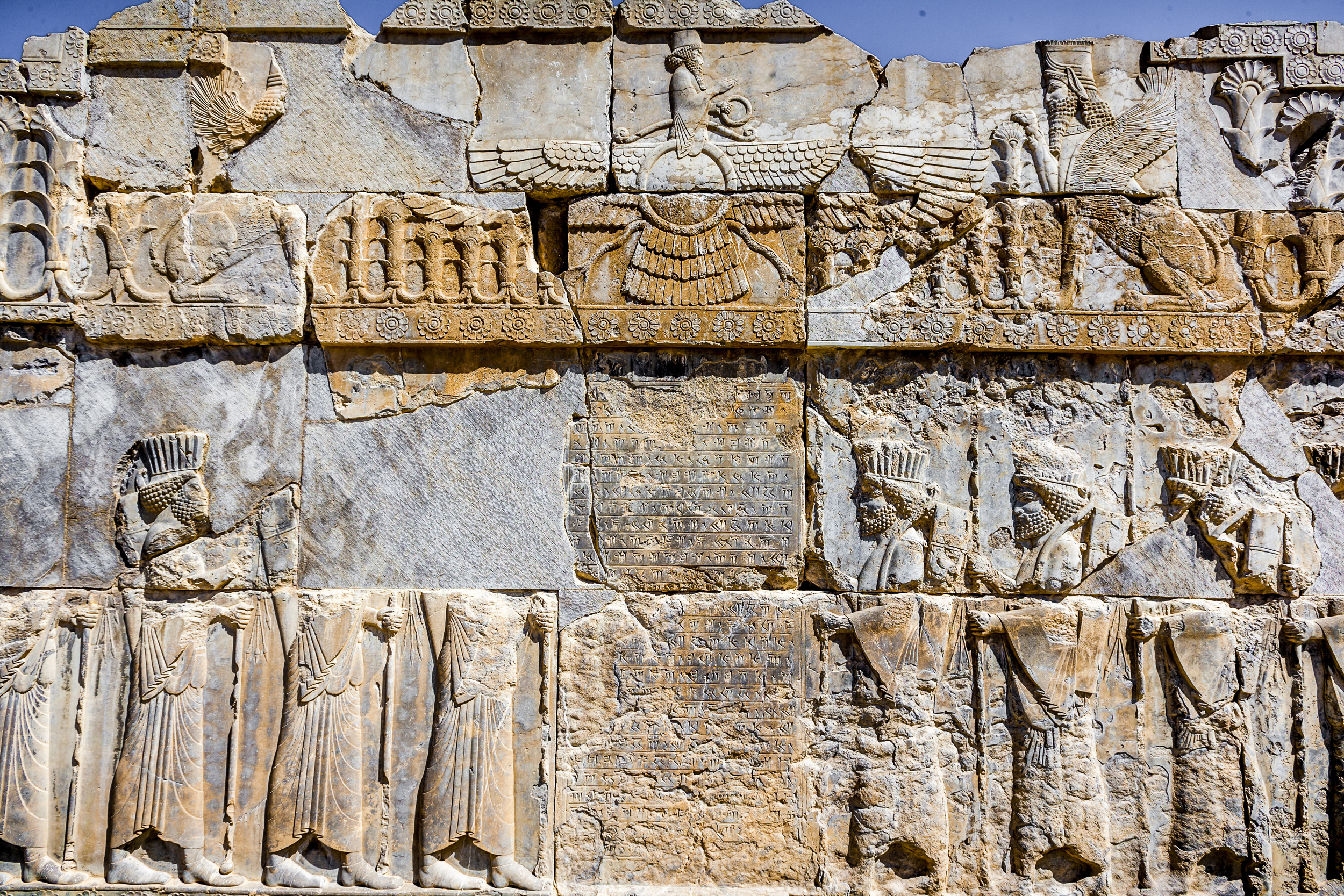I am re-printing the full text here that was published on April 6, 2025 on the website www.wsws.org:
https://www.wsws.org/en/articles/2025/04/07/tgfc-a07.html
Academy Award-nominated documentary filmmaker James Longley on Gaza: “I remember all those beautiful, brave people… I remember the erased cities”(forward by David Walsh, arts editor at wsws.org)
On March 24, Hamdan Ballal, one of the four directors of No Other Land, the winner of the Best Documentary Feature at the recent Academy Awards, was beaten by a mob of fascist Israeli settlers and soldiers, and detained by the military. The incident occurred three weeks to the day after Ballal, along with fellow co-directors Basel Adra, Yuval Abraham and Rachel Szor, had stood on the platform at the Academy Awards ceremony in Los Angeles and received the documentary feature honor.
The assault on Ballal was in part an act of retaliation against the award for No Other Land, which exposes the savage Zionist campaign of ethnic cleansing and violence in the West Bank. In response, various documentary film festivals and organizations, as well as many individual members of the Academy, immediately issued statements condemning the vicious attack.
The Academy of Motion Picture Arts and Sciences (AMPAS) in Hollywood, however, which had actually bestowed the award on Ballal and the others, remained entirely silent for two days. In response to criticism, the Academy eventually issued a miserable statement, à la Pontius Pilate, in which it washed its hands of any concern or responsibility for Ballal’s fate.
The statement, signed by Academy CEO Bill Kramer and President Janet Yang, sought to justify the organization’s previous silence by noting that because of the “conflict and uncertainty” of the times, “we are often asked to speak on behalf of the Academy in response to social, political and economic events. In these instances, it is important to note that the Academy represents close to 11,000 global members with many unique viewpoints.”
Adding insult to injury, the statement mentioned neither Ballal’s name nor the title of the film, as though that were beneath the dignity of the “Academy.”
The declaration, a kowtowing to pro-Israeli elements in Hollywood, to the Trump administration and to the Israeli fascist attackers themselves alike, provoked outrage among filmmakers and members of the Academy. A letter began circulating, which has been signed by nearly 1,000 Academy members, which condemns the attack by the Zionist thugs and criticizes the Academy’s silence. Out of a total membership of 693 in the Academy’s documentary branch, more than 460 have endorsed the protest.
In the wake of this incident, the WSWS contacted a number of documentary filmmaker members of the Academy and asked for their comments. Some indicated they opposed the Academy’s actions, but were nervous about doing so in public.
One of those who responded strongly was James Longley, a nominee for an Academy Award for Best Documentary Feature—the award won by Ballal and his colleagues—in 2007 for Iraq in Fragments. The WSWS spoke to Longley twice the year before, for Iraq in Fragments and Sari’s Mother, about an Iraqi mother struggling to get help for her 10-year-old son, afflicted with AIDS. He subsequently directed the documentary Angels Are Made of Light (2018), about struggling students and teachers in Kabul. He is currently working on another documentary about Afghanistan.
Longley sent the WSWS the following eloquent statement, which focuses on the catastrophe in Gaza and the criminals responsible.
* * * * * *
I am the first and probably the only US-born filmmaker to have produced a documentary feature film entirely inside the Gaza Strip. I made my Gaza Strip documentary in early 2001 during the second Palestinian uprising. It was my first film, still little more than student work, and it is available for free on YouTube.
In 2009 I came back to Gaza, in the aftermath of the Israeli bombing campaign and ground invasion that they called Operation Cast Lead. Block after block of Palestinian homes were leveled. Whole extended families were wiped off the civil registry. The main grain depot was in ruins. A thousand Palestinian civilians killed. Tens of thousands wounded and maimed. Cast Lead was the first of many large-scale bombing campaigns by the Israelis against the population of Gaza.
For those who believe that mass violence started on October 7, 2023, it is instructive to remember that at least 6,400 Palestinians were killed by the Israelis between January 1, 2008 and August 2023. During the Israeli bombing campaign against the people of Gaza in 2014, the corpses of Palestinian infants filled up the ice cream freezers because the morgues were already overflowing with bodies.
My own direct memory of Gaza stretches back to 2001, of course. I remember distinctly how the Israelis fired anti-personnel weapons into neighborhoods teeming with Palestinian families, leaving the concrete walls of their apartment blocks covered in lethal metal flechette darts [small, sharp, metal projectiles, typically with fins for stability, designed to be dropped from aircraft or fired from weapons, often used as anti-personnel weapons]. I remember how the Israelis shot children right in front of me, the IDF soldiers firing from the safety of their jeeps on the patrol road beyond the concentration camp fence near Qarni Crossing.
I remember how the Israelis would fire heavy machine-guns into the refugee camps at the edge of Khan Yunis on a nightly basis, the glowing red streams of their tracer rounds floating through the darkness, followed swiftly by their terrible sound. In the afternoon Israeli soldiers tap out English football claps with their US-supplied weapons, luxuriating in their unlimited ammunition and total impunity. The schoolchildren scatter. Shave and a haircut, two bits.
I remember how the Israelis came in the dead of night with a massive armored Caterpillar D9 bulldozer fitted with a machine-gun and a grenade launcher to crush the homes and lives of the Palestinian refugees while an Apache attack helicopter hovered overhead in the black sky, firing a 30mm chain gun and Hellfire missiles into the town. I remember all of the Palestinian hospitals that have since been destroyed, even then filled with the dead and the wounded. I remember all those beautiful, brave people. The doctors, the ambulance drivers, the journalists, the shopkeepers, the teachers, the kids. I remember the erased cities.
I remember the first day I entered the Gaza Strip in January 2001, passing through the military checkpoints and the endless rows of 30-foot concrete barriers. I remember the Israeli soldiers in sunglasses, well-fed and muscular, sitting confidently behind the gun barrels of their Merkava tanks. When I saw the reality of the situation I knew right away that the Israelis would massacre the Palestinian people. There wasn’t a doubt in my mind.
My documentary was finished in 2002 and was well reviewed by the New York Times, Village Voice, and others. It was never broadcast anywhere in the Western world. HBO passed on my film for reasons best known to themselves, and instead sent filmmaker James Miller to Gaza. James Miller was a multi-Emmy-winning perfect gentleman from a Jewish family in Wales. Israeli First Lieutenant Hib al-Heib shot James Miller in the neck and killed him as he held out a white flag. His film was finished by Miller’s filmmaking partner, journalist and producer Saira Shah, and is called Death in Gaza. Miller’s killing by the Israelis had the intended chilling effect: HBO never tried to make another documentary in the Gaza Strip.
In those days there were relatively few cameras in Gaza, and making a film there was something rare. Today everyone has a camera in their pocket. The Palestinians of Gaza have recorded their own genocide at the hands of the Israelis in a desperate attempt to raise international awareness. Our social media feeds fill to the brim with images of the mass murder of civilians killed with weapons and political cover provided by our governments. We heedlessly airlift the bombs that Israel drops on Gaza, day in, day out.
And so the murder goes on and on, barely remarked upon by the cowardly so-called journalists of our major media, as the Israelis slaughter the real journalists of Gaza in their hundreds. The journalists of Gaza could have taught our journalists a thing or two about bravery if we had not hunted them down and stolen their lives with our feeble silence and our lies. Our country gleefully facilitates the massacre of starving people in their tens of thousands, we cover up the rape of Palestinian doctors in prison camps and ignore the execution of aid workers by the score. Our politicians rush to take part in the genocide. The spokespeople of our governments smirk as they lie through their bloody teeth on both sides of the Atlantic. International law is dead and buried under the rubble of Gaza. Human rights are make-believe. Nobody in power will lift a finger to stop the killing. On the contrary.
Politicians of all stripes in the United States, Germany and the United Kingdom come together to support Israel’s genocide and ethnic cleansing. The mass murder will not be stopped by the complicit western powers. We are the champions of extermination. We will starve and bomb the Palestinians to the last. We will pursue their children with flying death machines for even daring to lift their eyes toward freedom. Our algorithms will acquire a taste for the blood of babies. The mask of civility has fallen away and the entire world can now clearly see the true face of a fading empire presided over by murdering cowards, shameless thieves and senile liars. It is a spectacle to make the heart scream.
And all of that is why I completely understand the cowardice of the Academy leadership and their beige, formless silence. That is why I have deep empathy for their spineless, obsequious non-apology and for their inability to speak the truth. They are right to be afraid. Their fear is the soul of prudence. I am also afraid, and I understand them. If the Academy leadership have any sense at all they should be shaking in their boots and cowering under their desks at what has been done and what is coming. They would do well to keep their mouths shut. People who are ready to commit genocide against a starving population trapped in a concentration camp are truly terrifying people. They are merciless. To witness what they are capable of justifying and enabling makes the blood run cold from fear at their sheer reptilian inhumanity.
Academy leaders [Bill] Kramer and [Janet] Yang are completely correct that the Academy is a big tent whose members hold “many unique viewpoints”—including support for the torture and detention of Palestinian filmmaker Hamdan Ballal, who won the Oscar only weeks before for the courageous documentary No Other Land. I have no doubt that the pro-genocide contingent is alive and well at the Academy of Motion Picture Arts and Sciences, just as it is in our past and present presidential administrations and the US Congress. One must tread carefully when the halls of power are so slippery with the blood of children.
I remember having coffee with one very senior Academy member, 16 years ago, only days after the end of Operation Cast Lead in early 2009. The subject of Gaza came up. This particular Academy member was already an old man then, and has since passed away. He had been the head of a major Hollywood studio and produced many famous films that you have all seen. He knew that I had made a film in Gaza. I wanted to know what he thought of what we had just witnessed the Israelis doing in Gaza in the month prior.
This particular Academy member told me without the slightest hesitation that he thought the Israelis had been far too lenient: “They should have killed all of those animals!” he insisted, banging his hand on the table and making the spoons rattle. “They should have slaughtered them down to the last child!” Then he calmed himself and said: “In the end, we’re just going to have to push them out to some other place, and the taxpayers will have to foot the bill.”



